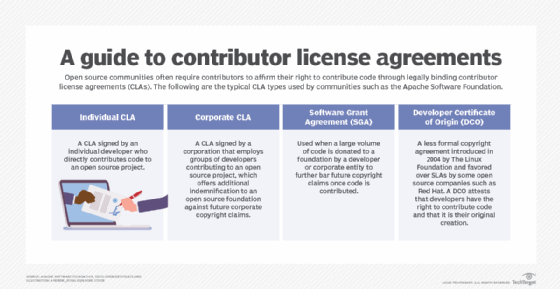

- Different types of licenses for my code code#
- Different types of licenses for my code license#
- Different types of licenses for my code windows#
If none is specified, the site-wide product code is used.įor more information about the LicenseModel and ProductCode, see about_Broker_Licensing. If the feature toggle is disabled, attempting to set a property fails.Ī text string of XDT (for Citrix Virtual Desktops) or MPS (for Citrix Virtual Apps) specifying the licensing Product ID for the group.
Different types of licenses for my code license#
If none is specified, the site-wide license model is used. NameĪ parameter (Concurrent or UserDevice) specifying the licensing model for the group. The DesktopGroup object has these two properties you can manipulate using the associated New-BrokerDesktopGroup and Set-BrokerDesktopGroup cmdlets. CCU and CCS stand for concurrent licenses and UD is user/device licenses. The four compatibility columns specify which product and license model combinations are compatible for multi-type licensing. This table details old product names, new product names, and the associated feature names. Multi-type licensing is not available with Citrix Virtual Apps Standard and Citrix Virtual Desktop Standard licenses. Though Citrix Virtual Apps Standard and Citrix Virtual Desktops Standard license edition names indicate that they are both Standard, they are not the same edition.

To determine the delivery groups that consume the different types of licenses, use these Broker PowerShell cmdlets:Ĭustomer Success Services dates are specific to each license file and to each product and model. For important notification limitations when multi-type licensing is configured, see Special considerations. The delivery groups use the site license.

If multi-type licensing is not configured, different license types can be used only when configured for separate sites. Be aware of the special considerations at the end of this article when looking to configure multi-type licensing for your Citrix Virtual Apps and Desktops deployments. The delivery groups must use the same Product Edition (PLT/Premium or ENT/Advanced) as configured at the site level. Type is a single combination of Product ID (XDT or MPS) and Model (UserDevice or Concurrent). Multi-type licensing supports consumption of different license types for delivery groups on a single Citrix Virtual Apps and Desktops site. Questo articolo è stato tradotto automaticamente. (Aviso legal)Įste artigo foi traduzido automaticamente. (Clause de non responsabilité)Įste artículo ha sido traducido automáticamente.

(Haftungsausschluss)Ĭe article a été traduit automatiquement. This article has been machine translated.ĭieser Artikel wurde maschinell übersetzt. Questo contenuto è stato tradotto dinamicamente con traduzione automatica. (Aviso legal)Įste texto foi traduzido automaticamente. (Clause de non responsabilité)Įste artículo lo ha traducido una máquina de forma dinámica. (Haftungsausschluss)Ĭet article a été traduit automatiquement de manière dynamique. This content has been machine translated dynamically.ĭieser Inhalt ist eine maschinelle Übersetzung, die dynamisch erstellt wurde. HDX features managed through the registryĬonfigure COM Port and LPT Port Redirection settings using the registryĬonnector for Configuration Manager 2012 policy settingsĬollect a Citrix Diagnostic Facility (CDF) Trace at System StartupĬonfigure with Citrix Analytics for Performance Generic USB redirection and client drive considerationsīest practices, security considerations, and default operationsĬompare, prioritize, model, and troubleshoot policies Monitor, troubleshoot, and support Microsoft Teams HDX video conferencing and webcam video compression
Different types of licenses for my code windows#
GPU acceleration for Windows single-session OS GPU acceleration for Windows multi-session OS Transport Layer Security (TLS) on Universal Print Server Pass-through authentication and single sign-on with smart cards Integrate Citrix Virtual Apps and Desktops with Citrix Gateway Security considerations and best practices Microsoft System Center Configuration Manager environments Microsoft System Center Virtual Machine Manager virtualization environmentsĬitrix Hypervisor virtualization environments


 0 kommentar(er)
0 kommentar(er)
